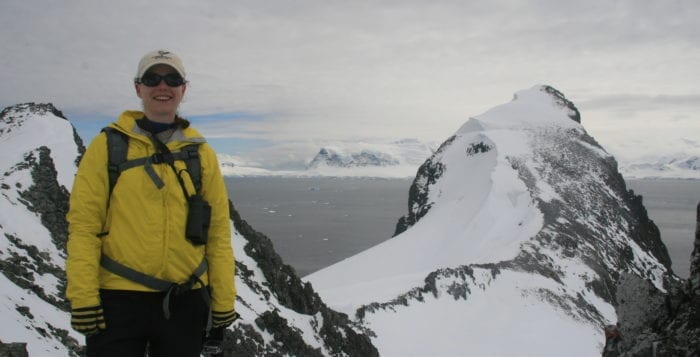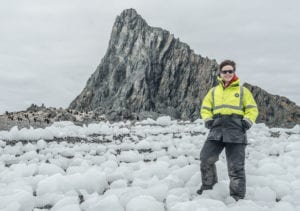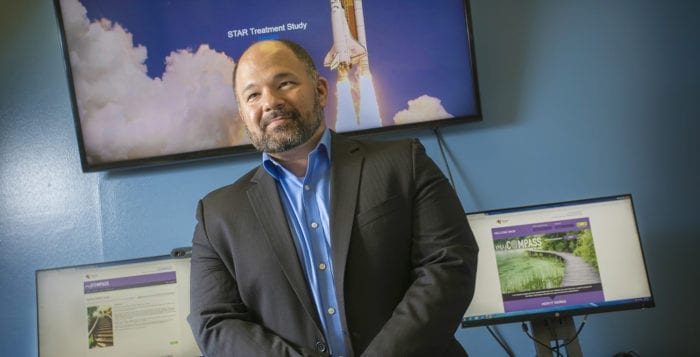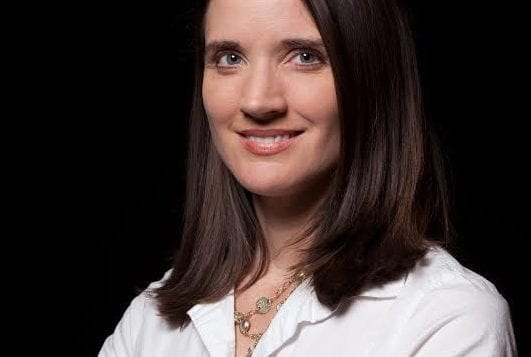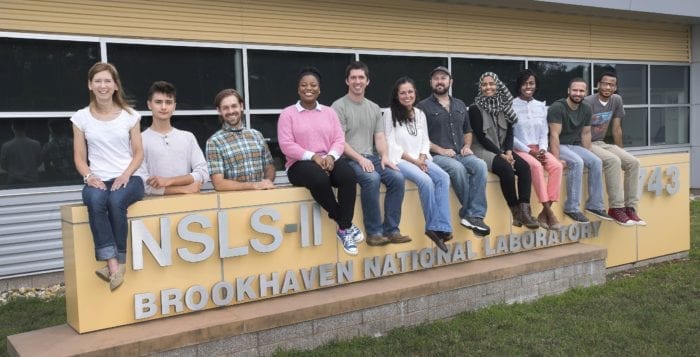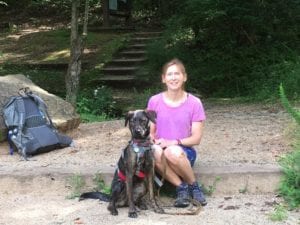Halloween has always seemed like an opportunity to explore the creatively terrifying parts of our imagination. We put up ghosts, goblins, skeletons and spiderwebs around our houses; we dress our children as Dracula, Frankenstein’s monster and zombies; and we jump out from behind bushes, yelling “Boo” or “Happy Halloween.”
Maybe, instead of indulging the frightening side of life that seems present almost daily, we should take this opportunity to develop wouldn’t-it-be-nice costumes.
For starters, we could dress our kids, or ourselves if we’re in jobs that allow us to come to work in costume, as giant, dirty hands. When asked to explain ourselves, we could suggest that we’re helping hands, willing to get our hands dirty to help those in need anywhere. This includes Puerto Rico, where people are still without power and are seeking to meet basic needs such as food and water. It also could include a co-worker dealing with an illness or death in the family, or an injured neighbor who can’t get his recycling to the curb.
While we’re at it, we could dress as a door with a giant lever people could pull to knock. What are we? We could be opportunity. Every day presents an opportunity to become what we wish, whether that’s someone who can and will lose weight, or someone who sets an incredible example for our children and for other people’s children, or someone who no longer stays silent when he or she sees any type of injustice, whether that’s discrimination, harassment or bullying.
Maybe, we could send our kids out as giant ears. They could become the great listeners. We have so many aspiring great speakers who share every thought in their head, whether that’s online, in a tweet or on a TV show, scoffing, pontificating and second-guessing everyone and everything. What does a great listener do, besides absorbing the deluge of thoughts coming his or her way? That person imagines the ideas and motivation behind those words, considers the hurt or vulnerability that those ideas might convey, and thinks of ways to change negative thoughts and behavioral patterns into something positive and inspiring.
Extending the auditory idea, we could also send our kids out in togas with a bucket of fake ears. Why the togas? They could be Romans. Why the ears? Just ask Shakespeare, whose Mark Antony exhorts a crowd in Act III, scene ii of “Julius Caesar” with the opening line, “Friends, Romans, countrymen, lend me your ears.”
We could encourage children to listen and read one of the greatest and most often cited speeches from Shakespeare, helping them learn about the power of rhetoric and the passion of ideas. The older children might even suggest that they are a walking example of praeteritio, the literary technique Antony uses when he suggests he’s not going to discuss that which he shares in great detail, namely, the recently deceased Caesar’s contributions to Rome and its citizens.
For those who need something with a shriek component, we could create a costume in which someone dresses up in everyday clothing. An individual could hold a small cage or a tight box containing whatever horrifying image that person imagines in connection with a disease. He or she could suggest that the disease is contained and that this illness, which is locked in a box, is being taken for a walk. As a result, a horrifying disease is minimized and contained.
Finally, we could cover our kids in the kind of headlines we’d like to see, including “Peace breaks out all over the world,” “Children cure cancer,” “Bullying takes a day off,” “Endangered species recover from the brink of extinction” and “Leaders agree to work together.” What would we call such a costume? Fake news.

